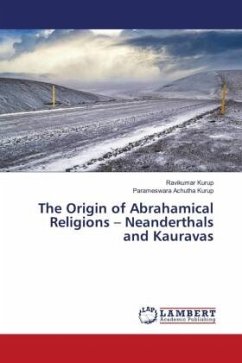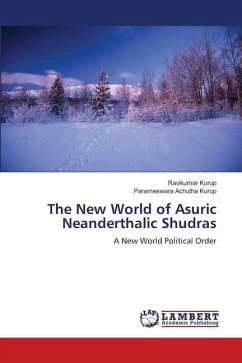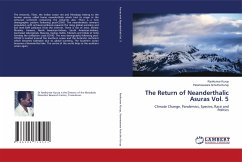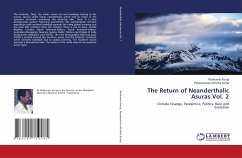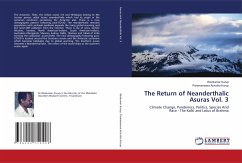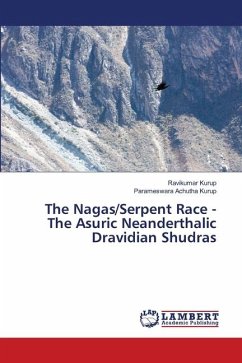The return of Kauravas to India is in a way to the return of Shia Muslims to India as conquers and rulers. The battle of Kurukshetra was between Pandavas and Kauravas. The Kauravas were neanderthalic Asuras especially Gandhari and Dhuryodhana. The Pandavas were Devas or Aryans. After defeat in the battle of Kurushetra the Kauravas who were remaining under the teacher Shukracharya migrated to South India. Shukracharya was the guru of the Asuras. The South Indian had contact and trade with West Asia where in the process of evolving monotheistic Islamic religion was on. Shukracharya was a Shaivite and practically a monotheistic. Shukracharya with remaining Kauravas migrated to Iran, Iraq, Syria and West Asia becoming Shia Muslims. The cerebellar dominant neanderthalic brain is impulsive, intuitive and spiritual. It is more susceptible to irrational acts without any logic or reason. Terrorism and acts of cruelty can be linked to such a brain substrate.
Bitte wählen Sie Ihr Anliegen aus.
Rechnungen
Retourenschein anfordern
Bestellstatus
Storno

